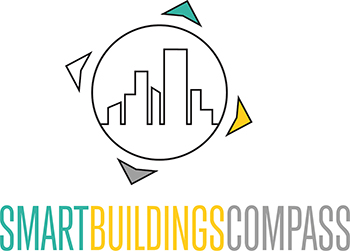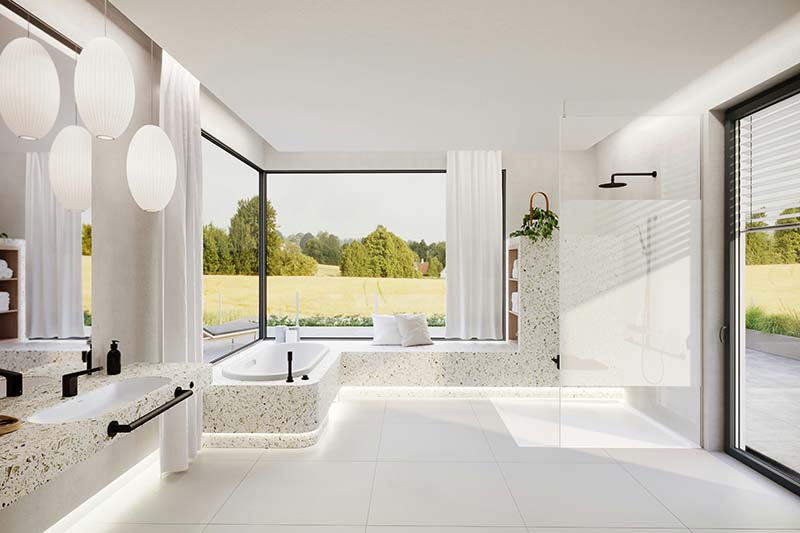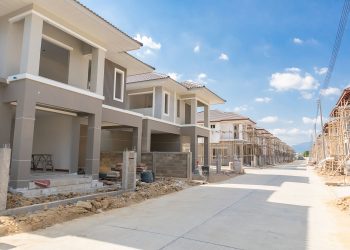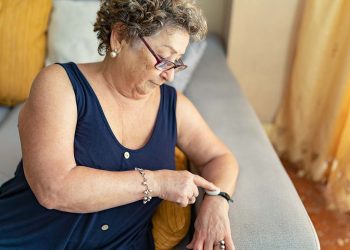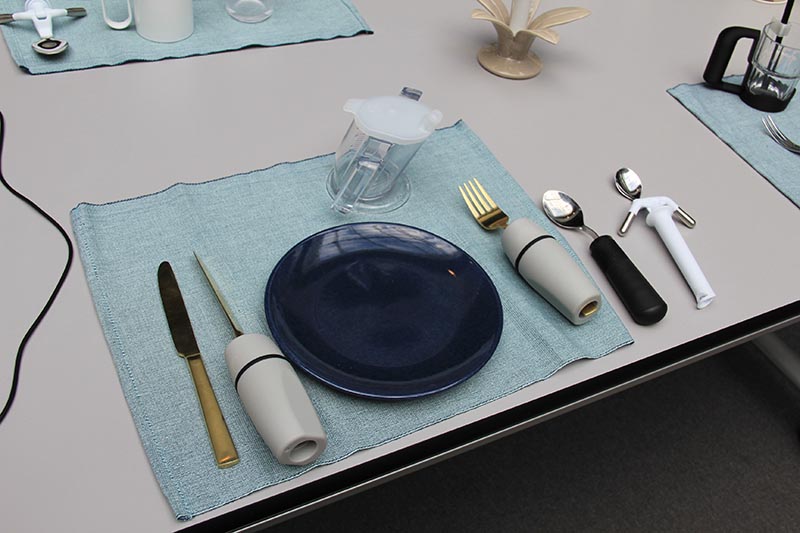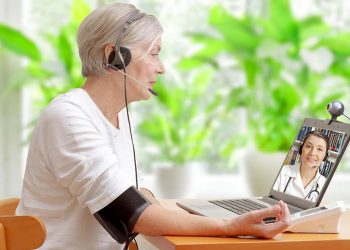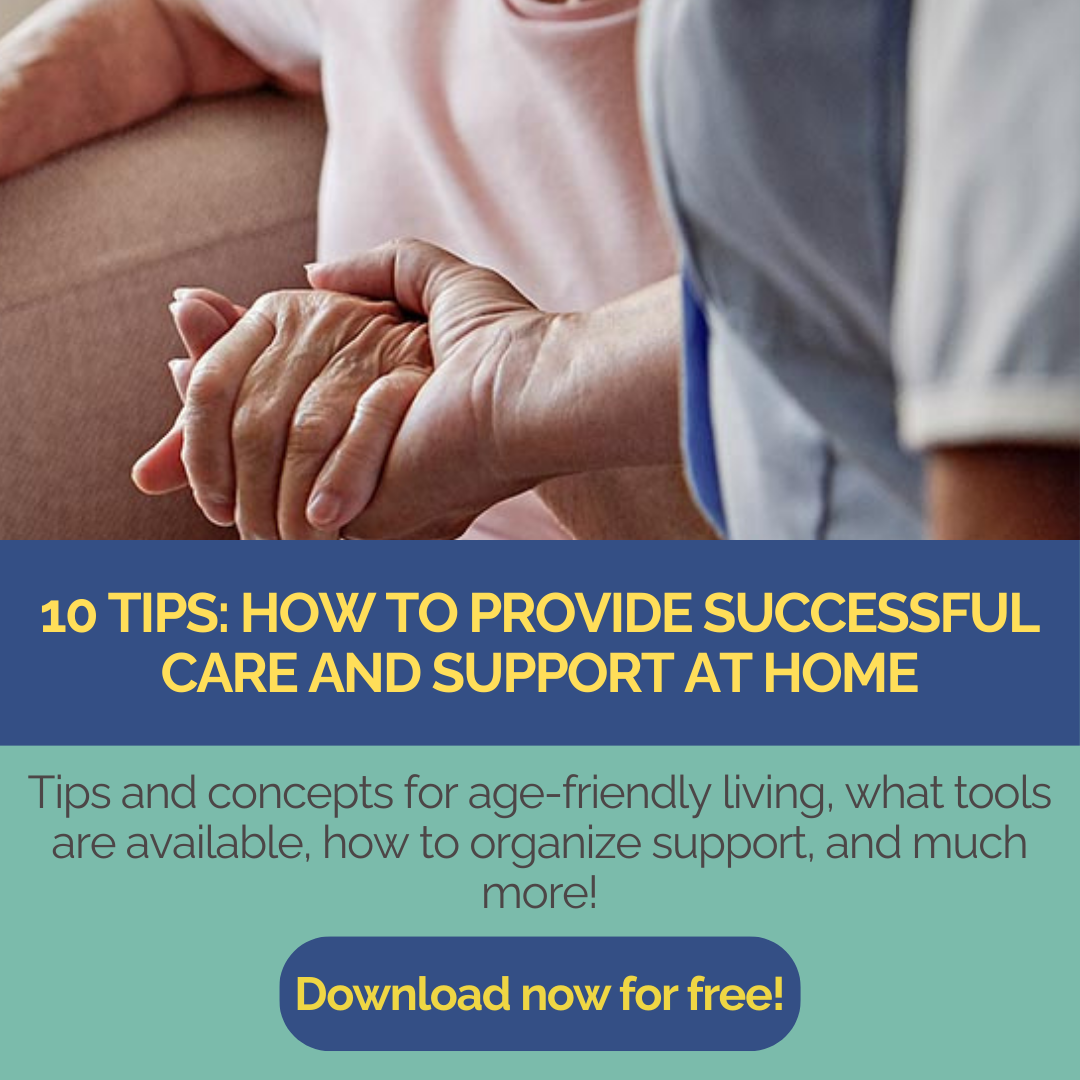Many older people have a strong desire to live independently and safely within their flat or house for as long as possible. However, age-related limitations – whether physical or cognitive – make life in a conventionally designed living space increasingly difficult. Adapting the living environment for the elderly means designing living spaces in such a way that people can live in them safely for as long as possible. Such an environment creates security, comfort and autonomy, while at the same time relieving the burden on relatives and caregivers.
What measures are part of senior-friendly adaptation?
These include, for example, threshold-free transitions, wide doors (so that wheelchairs and walking frames are no problem), level-access showers, easily accessible light switches and sockets, non-slip floors – to name just a few criteria.
Thresholds from a height of 1 cm mean an increased risk of accidents. In practice, we often see stairs and steps in living spaces. We hear from the construction and architecture sector that these were planned as a kind of “architectural decorative element”. In old age, however, these decorative elements can become fall traps.
But it’s about more than just accessibility: wheelchairs and walking frames need turning circles, and these are often not planned for. Smaller rooms in particular, such as bathrooms, often need a thorough overhaul. Furthermore, bedrooms often require sockets by the bed to enable the connection of devices or care beds.
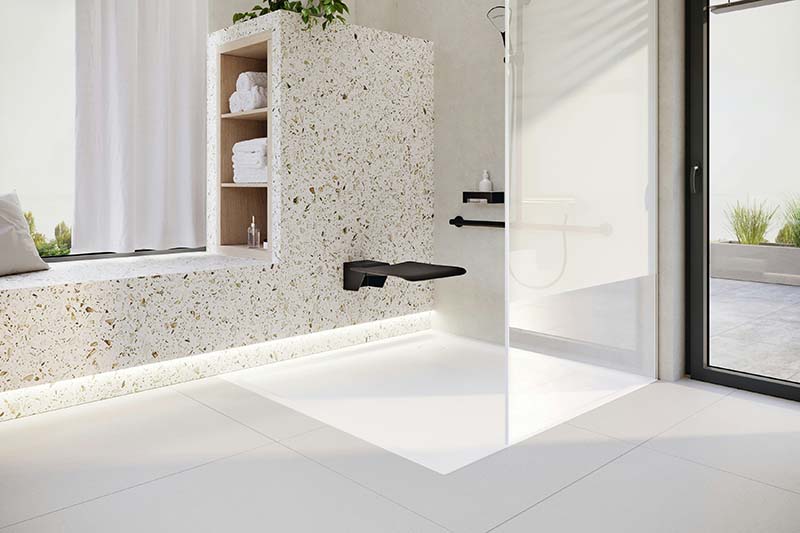
How smart home technologies are expanding accessibility
Smart home solutions supplement traditional home adaptations with digital functions that are operated by voice control, app or sensor technology. This makes the home more accessible for people with limited mobility or vision.
- Voice-controlled assistance systems
Voice assistants such as Amazon Alexa or Google Assistant make it possible to control lighting, heating, blinds or devices such as digital lock and door systems can be controlled by voice. This means that medical staff, for example, can be let into the living areas – without having to get up or perform tedious tasks. Example: “Alexa, turn on the light in the bathroom” – a simple instruction replaces the often hard-to-reach switch.
Caution: Please always bear data protection and security in mind, especially with security-relevant devices such as locks!
- Automated lighting control
Motion detectors ensure that light is switched on automatically as soon as a person enters the room: this is particularly helpful when walking at night, for example: reduced night light reduces the risk of falling.
- Sensor-based (security) systems
Today, sensors are the basis of many household systems: Heating and cooling systems can be controlled automatically using sensors such as temperature sensors. In addition to comfort, this often means cost savings, as the systems switch off automatically when the desired temperature is reached, for example. Furthermore, such systems turn off the heating, for example, when the living environment is left or a window is opened. These savings potentials are hardly possible for older people without this automation, as they spend a lot of time at home and have a different perception and need for warmth.
Fall detection, stove monitoring, water detectors or smoke detectors with an emergency call connection increase everyday safety. Other sensors, on the other hand, sound the alarm in the event of deviations from a standard. One example is easy-to-install sensors on the fridge door that sound an alarm if the fridge is not opened as it is every morning. This can be helpful if the parents normally take the milk out of the fridge for the coffee every morning. If they don’t, this could indicate a problem.
- Remote control via apps
Today, many devices can also be controlled via smartphone or tablet – e.g. opening shutters, regulating the room temperature or starting appliances. This makes self-determination possible even in old age.
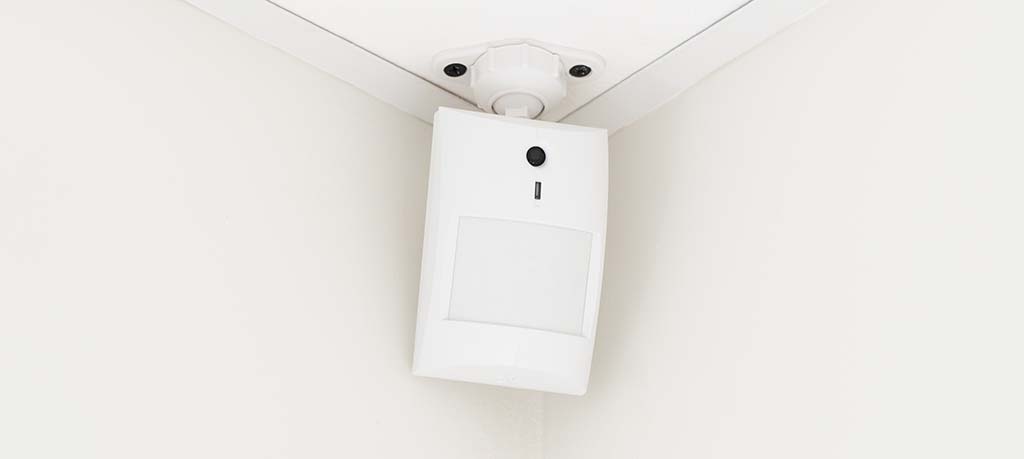
Advantages in everyday life
Older people benefit in many ways from senior-friendly home adaptations. They become much more independent as they can carry out their lives and many everyday tasks – such as switching on lights, regulating the room temperature or opening doors – with as little help as possible from others. Even with physical limitations, a high degree of independence is maintained.
At the same time, everyday safety is noticeably increased. Intelligent systems detect potential hazards such as falls, smoke or water leaks at an early stage and react automatically – for example by notifying relatives or emergency services. This minimizes risks and ensures rapid assistance.
Automated processes also significantly increase convenience: Lights switch on when movement is detected, blinds open according to the time of day and voice assistants help with everyday tasks. This not only makes the home safer, but also more pleasant.
Another positive effect is the relief for relatives and care staff. This is not about monitoring, but about raising the alarm in an emergency. For relatives in particular, it is often challenging to coordinate their own lives and work with the care and support of loved ones. Worry and a guilty conscience are often a constant companion. This not only makes life at home easier for older people – but also safer and more comfortable, as well as more relaxed for their social environment.
What needs to be considered during implementation?
- Needs-oriented planning: Every home adaptation should be planned individually – depending on the state of health and any future developments, the spatial conditions and the wishes of the residents. An analysis of usage habits helps here.
- User-friendliness: Systems must be easy to use – especially for people who are inexperienced with technology. Test the systems and help people to learn how to use them.
- Data protection & security: The protection of personal data is essential for networked devices.
- Use subsidies: In many countries and regions, there are funding programs for barrier-free living and smart home technologies (e.g. care allowance, housing subsidies or municipal grants). Ask your local contacts and advice centers which subsidies are available.
Senior-friendly concepts as the key to independence
These concepts do not always require large, challenging technologies. It starts with thinking along when setting the sockets and light switches. And small, helpful concepts are often the first step in introducing people to the diversity of these new concepts.
Incidentally, these considerations are not entirely new: people with disabilities have been tinkering with technological support for around 25 years so that they can live at home as independently as possible for as long as possible. The concepts today have become much cheaper and more practicable.
On SmartBuildingsCompass.com you will regularly find practical examples, product recommendations and funding information on the subject of “Smart living in old age”.
Author: Anja Herberth
Chefredakteurin
